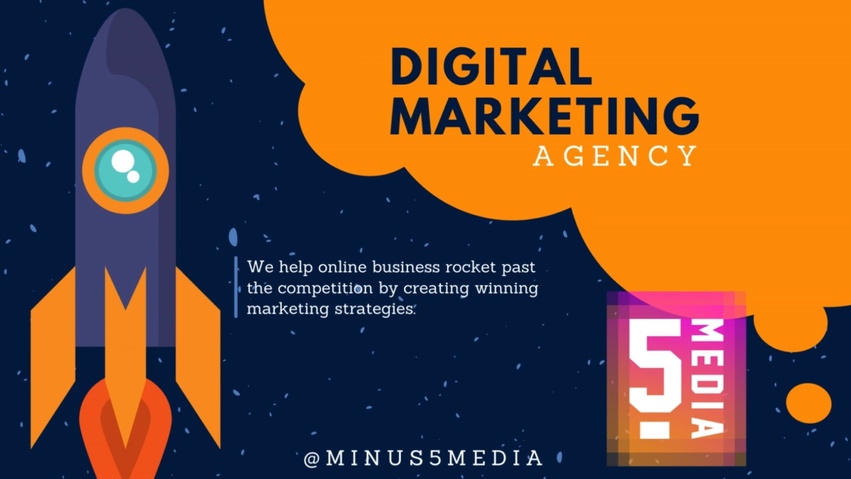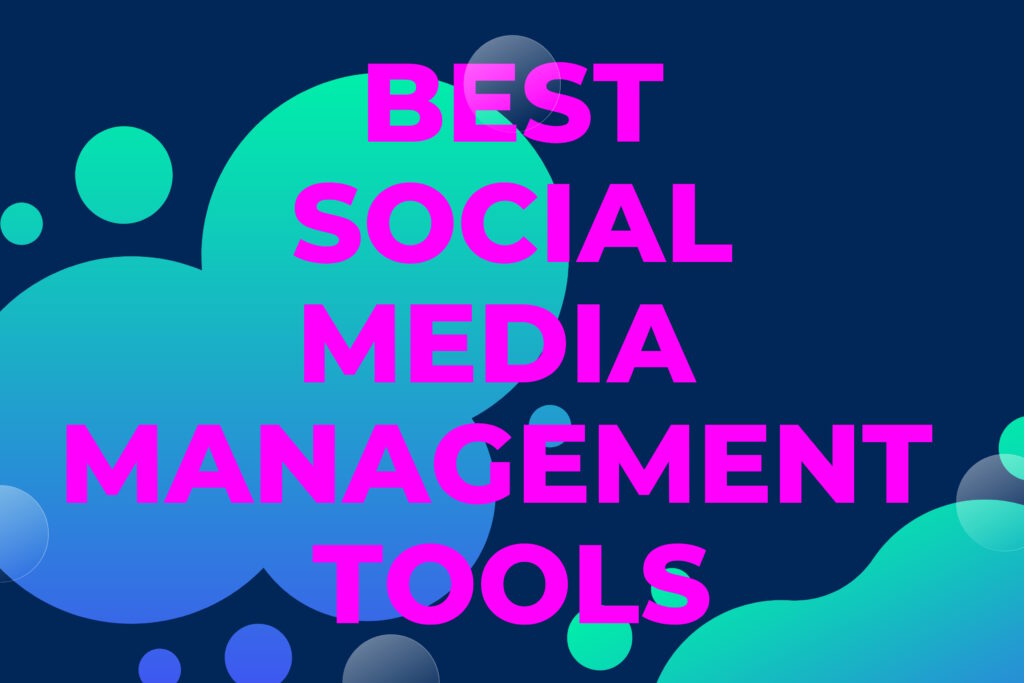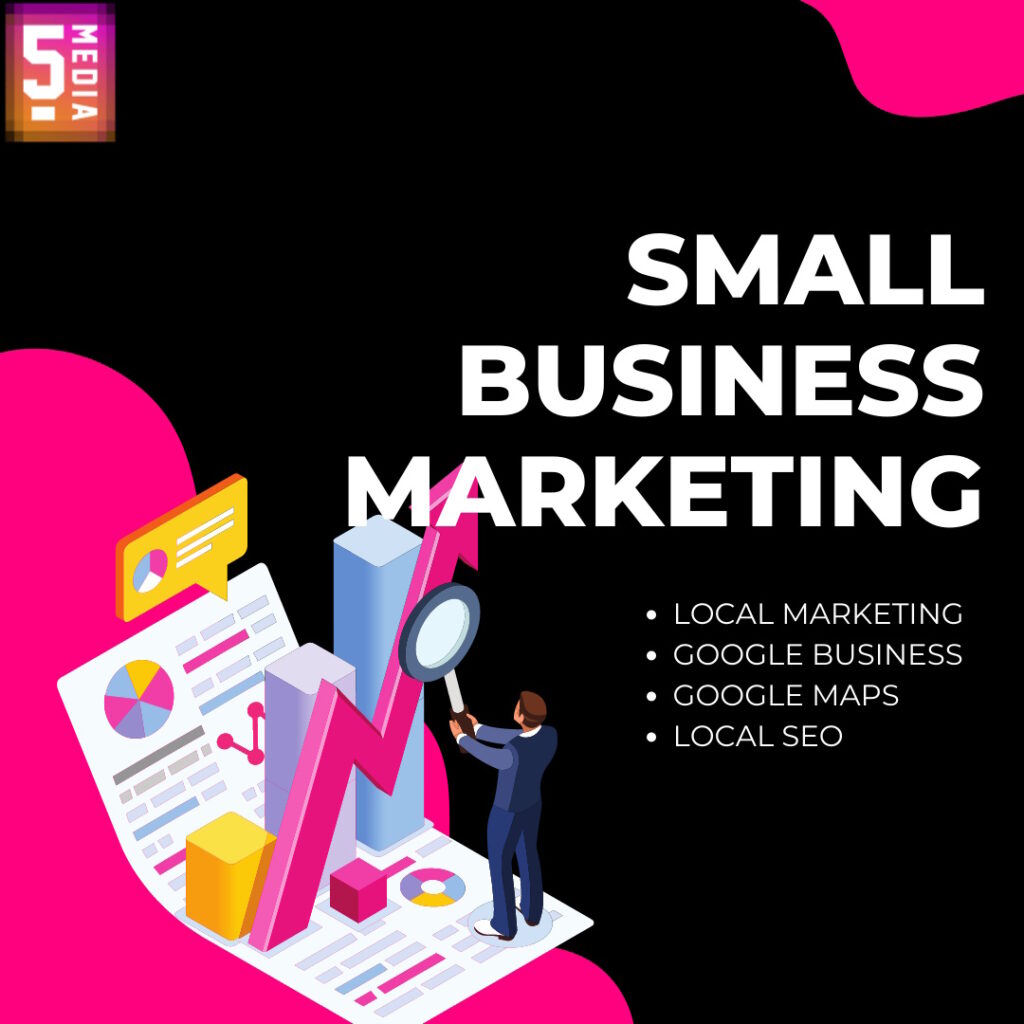The Most Common Digital Marketing Trends– Digital marketing trends are constantly changing, and it’s important to stay up-to-date with the latest advancements and, a digital marketing agency, will know these. Some of the most popular digital marketing trends include:
1. Social Media Marketing – At its core, social media is a powerful platform for connecting with customers, building relationships, and increasing brand awareness. It can be used to promote products and services, share updates about your business, interact with followers, and engage potential customers.
2. Content Marketing – Content marketing involves creating valuable content that speaks directly to your target audience to attract more leads or customers. This could be through blog posts, infographics, videos, podcasts, or webinars. Quality content should be focused on providing real value to users rather than just pushing a sales pitch.
3. Search Engine Optimisation (SEO) – SEO is the process of optimising your website and content to appear higher in search engine rankings, such as Google or Bing. This helps you drive more organic traffic to your website. By developing high-quality content that includes keywords relevant to your industry, incorporating internal and external links, and optimizing for loading speed, you can help increase visibility in search rankings. Website design and a well-optimised website are necessary for SEO to work. On-page SEO is the optimisation of the website, and off-page SEO is the inbound traffic and links.
4. Online Advertising – Online advertising is an effective way to reach potential customers on popular platforms like Google Ads, Facebook Ads, Twitter Ads, etc. Proper targeting can help ensure ads are seen by the right people at the right time and can be used to generate leads or increase conversions.
5. Video Marketing – With the rise of social media, video content has become increasingly popular. Videos can be used to showcase product features, explain services or products, share customer success stories and more. They’re also great for engaging with customers and providing helpful information in a fun and entertaining way.
6. Email Marketing – Email marketing is still one of the most effective ways to reach customers and stay connected with them over time. It’s an ideal platform for keeping your brand top-of-mind, sharing new offers or promotions, building relationships with customers and even generating leads.
7. Pay-per-click marketing (PPC) is an online advertising technique that enables businesses to reach their target audience and drive traffic to their website. In essence, PPC works by allowing businesses to place relevant ads on websites like search engines and social media platforms. Every time a consumer clicks on the ad, the advertiser pays for it in the form of a fee. As such, businesses can efficiently manage how much they are spending and get better returns on their investments. Although it does require some investment, PPC can provide great results for businesses who understand how to work with the platform and make sure their CPC bid is appropriately placed.
The benefits of pay-per-click marketing
Pay-per-click (PPC) marketing is a highly effective digital marketing solution that offers immediate and measurable results. With PPC campaigns, advertisers set a budget and pay each time their ad is clicked, meaning they only reach people that are actively interested in their product or service. This helps advertisers reach the right customers at the right time with precisely targeted messaging, allowing them to achieve their goals quickly. These campaigns also provide detailed performance metrics that can be used to optimize future campaign investments, ensuring businesses receive the most out of their PPC investment. Not only does this provide value for money, but it also allows advertisers to track their campaign ROI effectively, enabling confident decisions about future paid marketing activity.
Popular digital marketing trends
Digital marketing is a constantly evolving field, and it can be difficult to keep up at times. There are constantly new trends emerging all the time, such as pay-per-click marketing, social media campaigns and influencer outreach. Pay-per-click marketing is a technique whereby businesses use ads to get their products and services in front of customers through search engines like Google or Bing. Social media marketing campaigns involve using platforms like Facebook, Instagram and Twitter for advertisements, sponsored stories or to promote features or content for lead generation. Influencer outreach is another popular strategy that focuses on creating relationships with influential people to extend the reach of their promotion efforts. By leveraging these strategies, businesses can keep up with the latest digital marketing trends while gaining an edge over their competition.
How to create a successful pay-per-click campaign.
Pay-per-click marketing is an effective way to promote your online presence and drive more customers or followers to your website. To create a successful PPC campaign, it’s important to do your research. First, take the time to learn about how PPC works and identify which platforms are best for your goals; Google Ads, Bing Ads, and social media sites like Facebook all have different approaches to pay-per-click campaigns that may be more suited for certain purposes. Additionally, you’ll want to be very clear on whom you’re targeting through demographic research into characteristics such as age, income, location and interests of potential customers. Finally, make sure to continue testing and tweaking your ads over time until you achieve the desired results. With these tips in mind, you can shape a successful pay-per-click campaign that will boost traffic and maximize reach.
What to avoid when creating a pay-per-click campaign
When creating a pay-per-click marketing campaign, it is important to avoid common pitfalls that can cost time and money. Aimlessly targeting broad keywords and casting too wide of a net can result in wasted clicks, inflated costs and no meaningful results. Additionally, failing to develop a detailed, forward-looking strategy that identifies goals, budget, desired outcomes and metrics for future optimization can make it difficult to measure success and discern which tactics were effective. Consequently, PPC campaigns should be created with purpose and plans for continual fine-tuning so that the most return on investment can be achieved.
The pros and cons of pay-per-click marketing
Pay Per Click (PPC) marketing is an invaluable tool for modern businesses, allowing them to target potential customers in a more precise manner than ever before. The major advantage of PPC is the ability to immediately start bringing in traffic, leads, and conversions without having to wait for organic search engine results. It can also be used to drive very specific traffic to a website, allowing businesses to tailor their campaigns to reach their desired audience. While the potential upside of PPC is huge, it can come with risks as well; managing a large campaign requires significant amounts of time and effort that many businesses may not be able to match or afford. As such, companies need to weigh up the benefits against the cost when determining whether or not pay-per-click marketing is suitable for their needs.
Pay-per-click marketing is an essential tool for many businesses because of its potential to quickly reach potential customers. By appropriately crafting their strategic plan and continuously monitoring the successes and failures of their campaigns, marketers can gain valuable insight into how their audiences respond to different messages and offers. The beauty of pay-per-click marketing lies in its ability to target hyper-specific groups of people with tailored content that resonates. Additionally, it’s important to keep up with the latest digital marketing trends to make sure you’re staying competitive, though leveraging these strategies without having a defined budget and goal can quickly lead to diminishing returns. If done correctly, pay-per-click marketing should be seen as more than a necessity but rather an opportunity to create lasting relationships with consumers while driving ROI growth.




